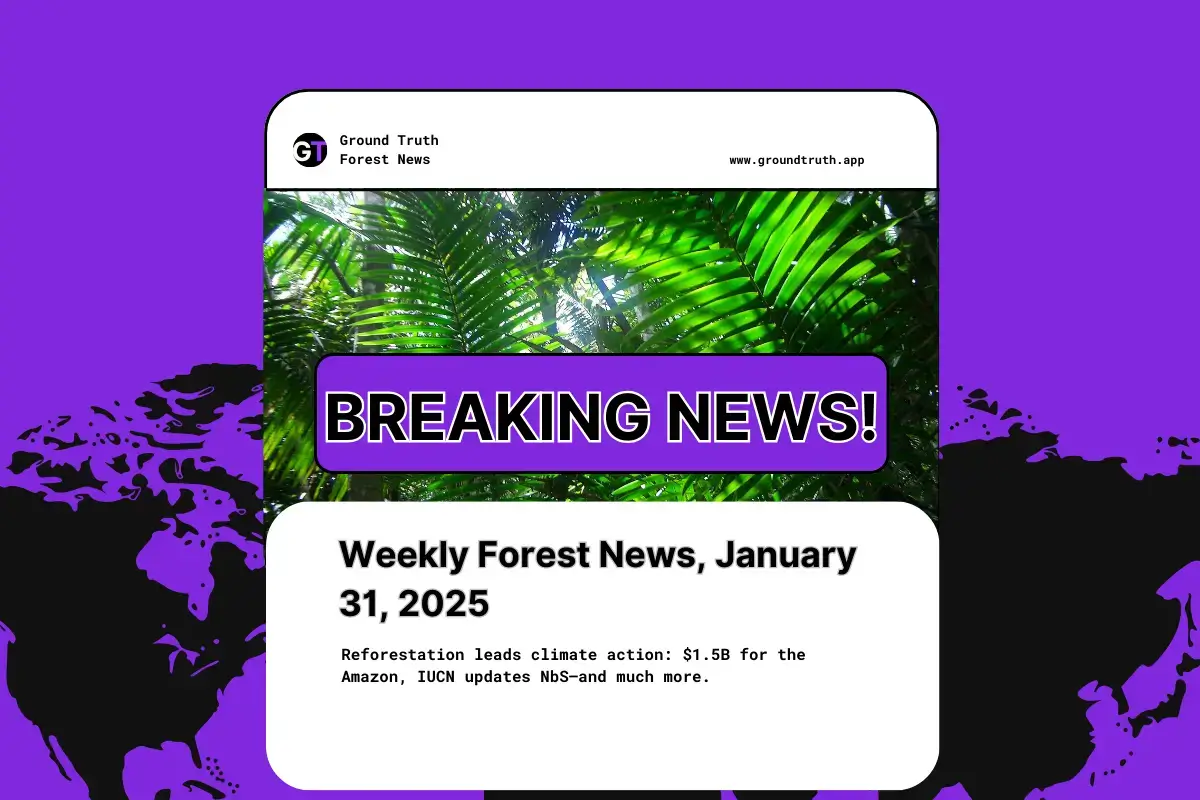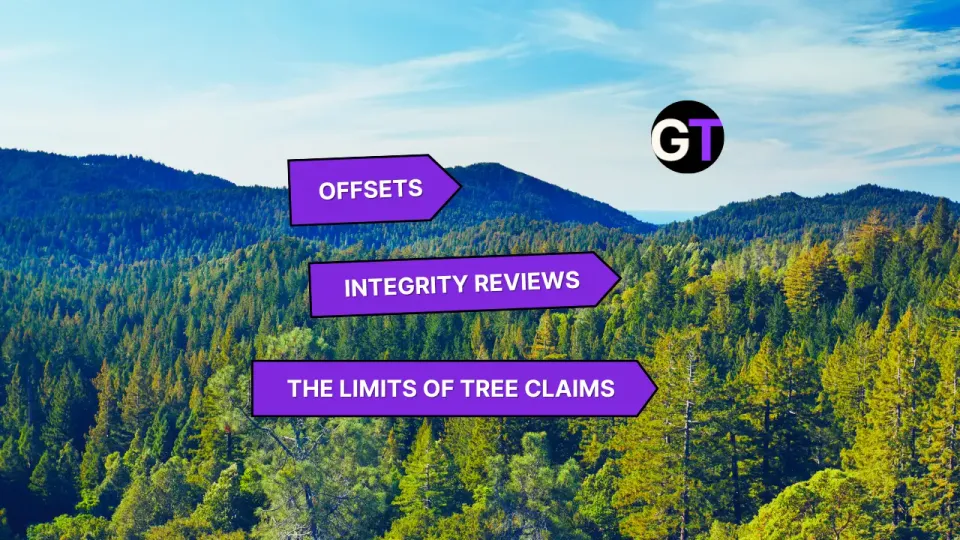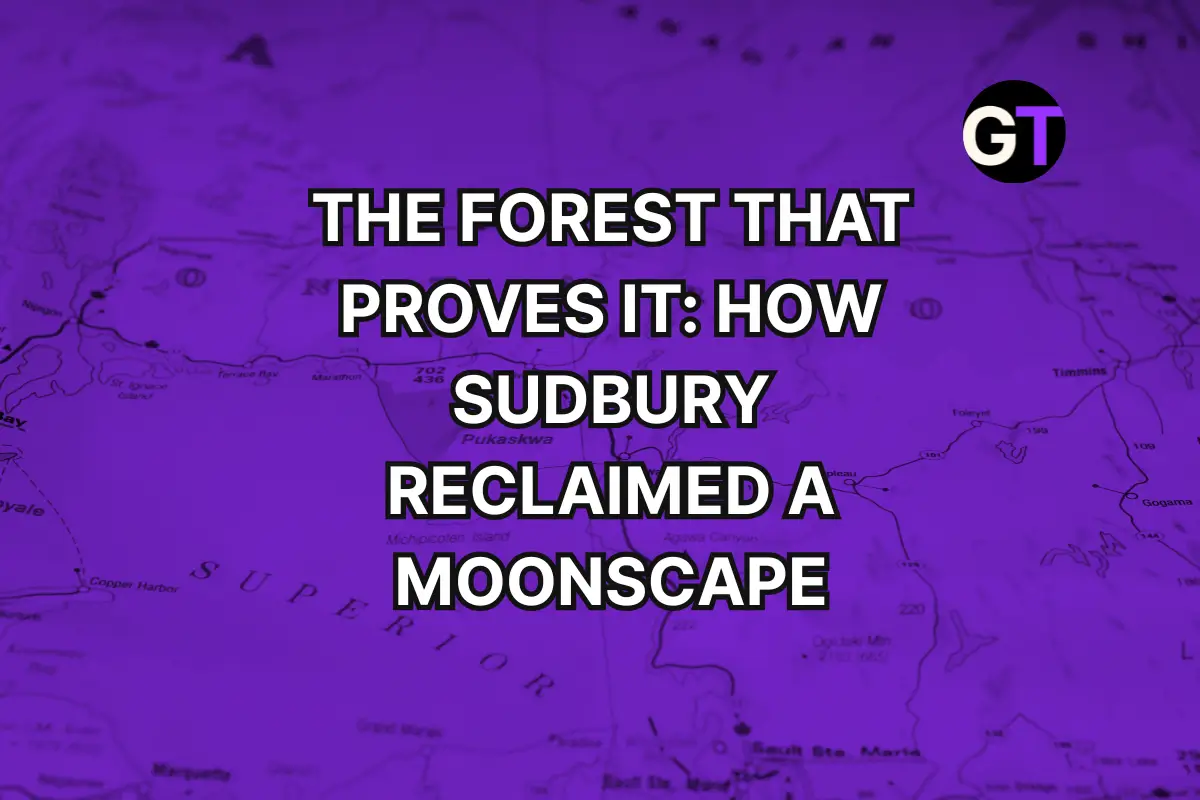Ground Truth Weekly Forest News January 31
Reforestation leads climate action: $1.5B for the Amazon, IUCN updates NbS—and much more.

Reforestation is the Best Climate Solution for Both Carbon and Biodiversity: Study
A study in Science analyzed how reforestation, afforestation, and bioenergy cropping impact the habitat of 14,234 vertebrate species. While reforestation generally benefits biodiversity by restoring natural forest habitats, afforestation and bioenergy crops often lead to habitat loss, outweighing their climate benefits. The research underscores the need for careful planning to ensure climate mitigation efforts do not inadvertently harm biodiversity.
Should land-based carbon strategies prioritize biodiversity protection even if it reduces carbon sequestration potential?
👉👉 Read the study in Science
IUCN’s Nature-Based Solutions Standard Is Evolving—Your Input Can Shape It
The IUCN Global Standard for Nature-Based Solutions (NbS) is getting a major update, with public consultation open through February 2025. This framework, originally launched in 2020, guides effective, scalable, and sustainable NbS projects tackling climate change and biodiversity loss.
The revision aims to refine its eight core criteria, ensuring greater transparency, economic viability, and adaptability. Advocates suggest stronger public reporting requirements to enhance trust and impact. Now’s the chance to help shape the next generation of nature-based solutions.
What improvements would you like to see in global environmental standards like this?
👉👉 Read our coverage on Ground Truth
Protecting Peatlands and Mangroves Could Cut Southeast Asia’s Land Emissions by 50%
New research published in Nature Communications highlights the climate change mitigation potential of conserving and restoring Southeast Asia’s peat swamp and mangrove forests. These carbon-dense wetlands, if protected, could reduce regional land-sector emissions by more than 50%. The study also compares these estimates with national emissions reduction targets, providing insights for climate policy. Led by a global team of researchers, the findings reinforce the critical role of nature-based solutions in tackling climate change.
Do you think governments are doing enough to protect high-carbon ecosystems like peatlands and mangroves?
👉👉 Read the study in Nature
Mapping Peatlands in the Amazon and Congo Basins Helps Protect 30B Tons of Carbon
More on peatlands! Researchers at the University of St Andrews have played a key role in mapping and assessing tropical peatlands in South America and Africa, revealing vast carbon-rich swamp forests. Their work identified 145,000 km² of previously unrecognized peatlands in the Congo Basin, storing an estimated 30 billion tonnes of carbon.
This research contributed to the 2018 Brazzaville Declaration, securing international protection for these ecosystems, and supported Peru’s first technical peatland guidelines and cultural heritage recognition for indigenous Urarina textiles.
How can scientific discoveries like this lead to stronger climate action on a global scale?
👉👉 Read the study in Royal Geographical Society
Study Warns Up to 62% of Southeast Asia’s Carbon-Rich Mangroves Face Commodity Conversion
Circling back to mangroves for a moment, new study inCommunications Earth & Environment highlights challenges for blue carbon financing in Southeast Asia, as 38–62% of mangroves eligible for carbon markets are at risk of being converted for palm oil, rice, or aquaculture.
Additionally, 33–39% of lower-risk mangroves may still face destruction from cyclones and sea-level rise within the next century. Researchers identified regions like Southwest Thailand, Peninsula Malaysia, Sumatra, and Borneo as high-priority areas for conservation, emphasizing the need for additional funding beyond carbon markets.
Can conservation efforts succeed without financial incentives like carbon credits, or do they need broader public and philanthropic funding?
👉👉 Read more in Nature
Smarter Reforestation: Peru’s Plan to Restore Andean Forests with 3M Seedlings
A new study highlights a science-driven approach to reforesting Peru’s Andean forests with Retrophyllum rospigliosii, a key species threatened by illegal logging. Researchers optimized seedling production using controlled-release fertilizers and identified 6,300 km² of prime reforestation land across nine regions, with Pasco and Junín leading.
Their findings suggest that 3 million seedlings are needed, and efficient nursery techniques can maximize survival. By merging ecological modeling with improved seedling growth, this study offers a smarter blueprint for large-scale reforestation.
Should more reforestation projects focus on optimizing seedling quality rather than just planting large numbers of trees?
👉👉 Read our coverage on Ground Truth
Ten Golden Rules for Reforestation to Maximize Carbon Capture and Biodiversity
A study in Global Change Biology outlines ten key principles for effective reforestation, ensuring carbon sequestration, biodiversity recovery, and community benefits. The rules emphasize protecting existing forests first, prioritizing native species, using natural regeneration where possible, and involving local stakeholders. Poorly planned tree planting can harm ecosystems, but following these guidelines can create long-term carbon sinks and sustainable livelihoods.
What do you think is the biggest challenge in balancing carbon sequestration and biodiversity restoration in reforestation projects?
👉👉 Read more in Global Change Biology
This Week in Forest Finance: $1.5B for the Amazon, $480M for Climate Funds, and More
Global forest investments are accelerating, with major funding announced for restoration and conservation. The Partners for Climate Action awarded $450K in grants across New York, while New Zealand’s Robert C Bruce Charitable Trust is launching afforestation grants next month. Silvania committed $1.5B to Amazon rainforest protection ahead of COP30, and Manulife raised $480M for its Forest Climate Fund to sequester 6M tons of CO₂. Microsoft also inked a $200M reforestation deal in Brazil. As corporate and government money flows into forest projects, the debate continues over their true environmental impact.
Do you think large-scale forest investments are enough to combat deforestation, or do we need stronger policies and enforcement?
👉👉 Read our coverage on Ground Truth
New Forestry Advocacy Group Pushes for Legislated Working Forests in B.C.
Forestry Works for BC, a newly formed advocacy group, is calling for the creation of a legislatively protected "working forest" to provide long-term stability for the province’s forestry sector. The group argues that current policies create uncertainty, making it difficult for First Nations and businesses to invest. With B.C.'s annual timber harvest target set at 45 million cubic meters—while also protecting old-growth forests—advocates suggest proactive management strategies like thinning could help balance conservation and industry needs.
Should governments legally protect working forests like agricultural land, or should conservation take priority?
👉👉 Read more in BIV
Edited by Chris Harris

This work is licensed under a
Creative Commons Attribution 4.0 International License.




